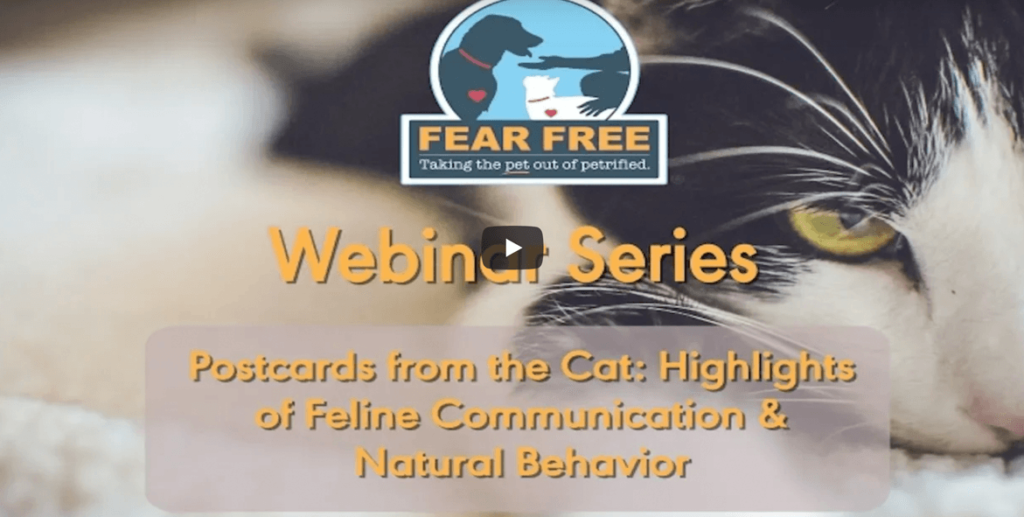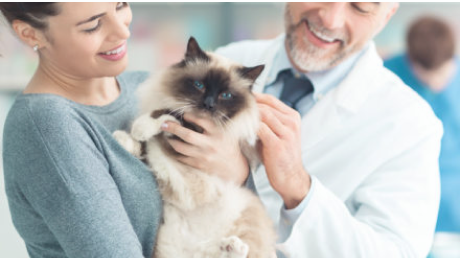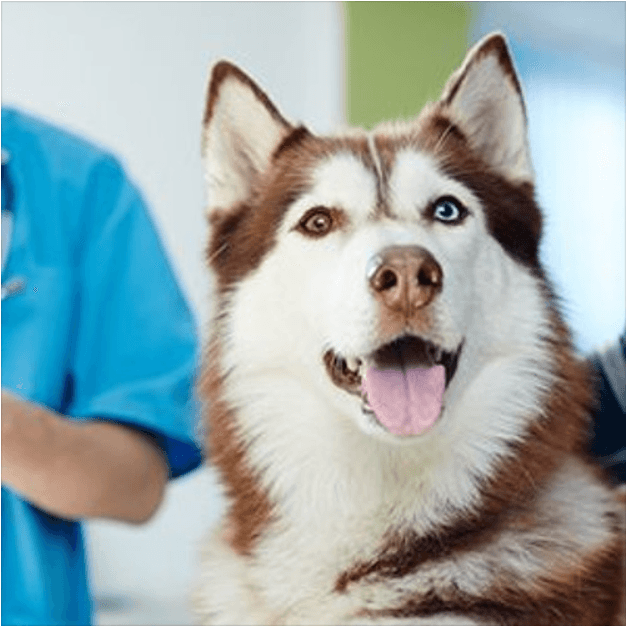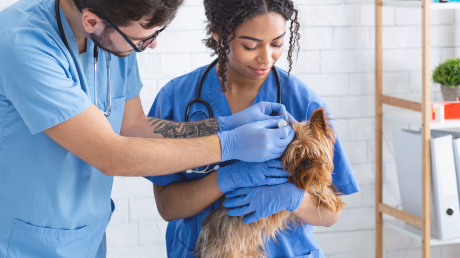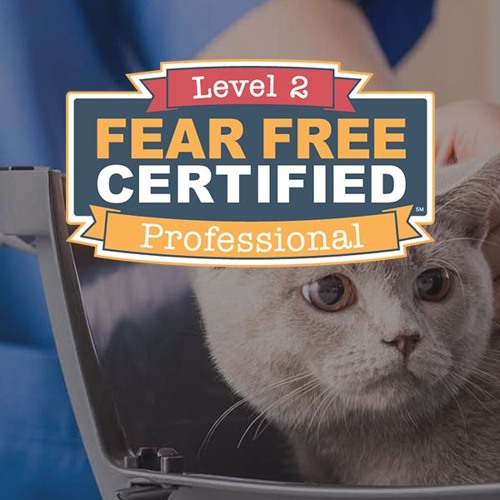In a perfect world, Dr. Alicia McLaughlin would establish relationships with animals who have no experience with veterinary visits and thus no fears regarding them. But at the Center for Bird and Exotic Animal Medicine near Seattle, Washington, she is more likely to encounter animals who have already developed fear, anxiety, and stress (FAS) associated with the veterinary environment and physical care. Many of these animals are naturally frightened of new persons, places, and experiences, and limited socialization early in life makes it difficult for them to deal with changes that deviate from the narrow scope of what they’ve learned is normal and safe. Not surprisingly, many of the animals Dr. McLaughlin treats are already on edge before she walks into the exam room.When animals come in with preformed notions and established concerns, the opportunity to start with a clean slate and make the experience positive from the onset has already passed. Instead, with many of these animals McLaughlin is doing damage control, backtracking from previous negative experiences and recovering from a lack of ongoing positive experience and preparation.
“I’m often working up from a negative with my patients because they have such bad history,” says Dr. McLaughlin.
Sadly, common practice for handling birds in many pet care environments is to put the parrot on the ground and throw a towel on him. Such unsettling and scary experiences lead to increased angst for the animals.
“A lot of behavioral flooding happens with birds. It’s the status quo for most places. It’s not just vet hospitals. It happens at many pet stores when the parrot goes in for grooming, too,” says McLaughlin.
Alleviating and reducing FAS helps to bring the animal into a more neutral emotional state. Then he or she is more receptive to pleasant pairings that accompany the veterinary experience and positively affect the animal’s emotional outlook. This makes the situation less concerning for the animal and improves the ability to handle him and provide care.
A greater challenge in helping these patients is dealing with people who don’t understand the signs of FAS or the negative outcomes that can happen because of it.
“The hardest part is dealing with someone who has expectations in their head for how care should be or how it has always been. Or dealing with a person that’s driven by strict time constraints,” says Dr. McLaughlin.
The best approach McLaughlin has found to work gradually with these clients and build a rapport with them. Ultimately, this helps her to reach her goal of improving the lives of animal patients.
“I try to focus on one, two, or three things max they can do per visit to improve their bird’s quality of life. If I build enough rapport they’ll keep coming back and we can keep building,” says Dr. McLaughlin.
Putting the treat into treatment isn’t possible for all of McLaughlin’s patients, who sometimes don’t take food when they’re too upset. But just because the animal won’t take food doesn’t mean the visit can’t be Fear Free. There are numerous Fear Free-friendly tools McLaughlin uses to help.
“Some animals, like pigs, are easy to work with because they’re so food-motivated. Birds are more challenging because they are often already so far over the threshold it’s hard to reach them. Being sensitive to body language and taking things slow can help.”
Because many birds are already amped up and display signs of escalated FAS by the time they arrive for care, sedation is a tool that’s often utilized to deliver physical care in a manner that’s protective of emotional wellbeing.
“Using sedation on those birds that are already really stressed on arrival makes a big difference in how the visits go. It’s safer, the bird has a better quality of life, and it reduces negative experiences to help build for the future of that bird’s care going forward,” says Dr. McLaughlin.
“Emphasizing the need for minimal stress veterinary medicine has changed our approach to patients. Our staff tries to minimize coercion when possible, and sedation is seen as a way to help improve our patient’s veterinary experience when any potentially stressful medical procedures need to happen. There’s an increased urgency to try to quickly bring the stress levels down when they occur, along with more creative problem solving between staff members to either prevent or address stressful situations,” says McLaughlin.
